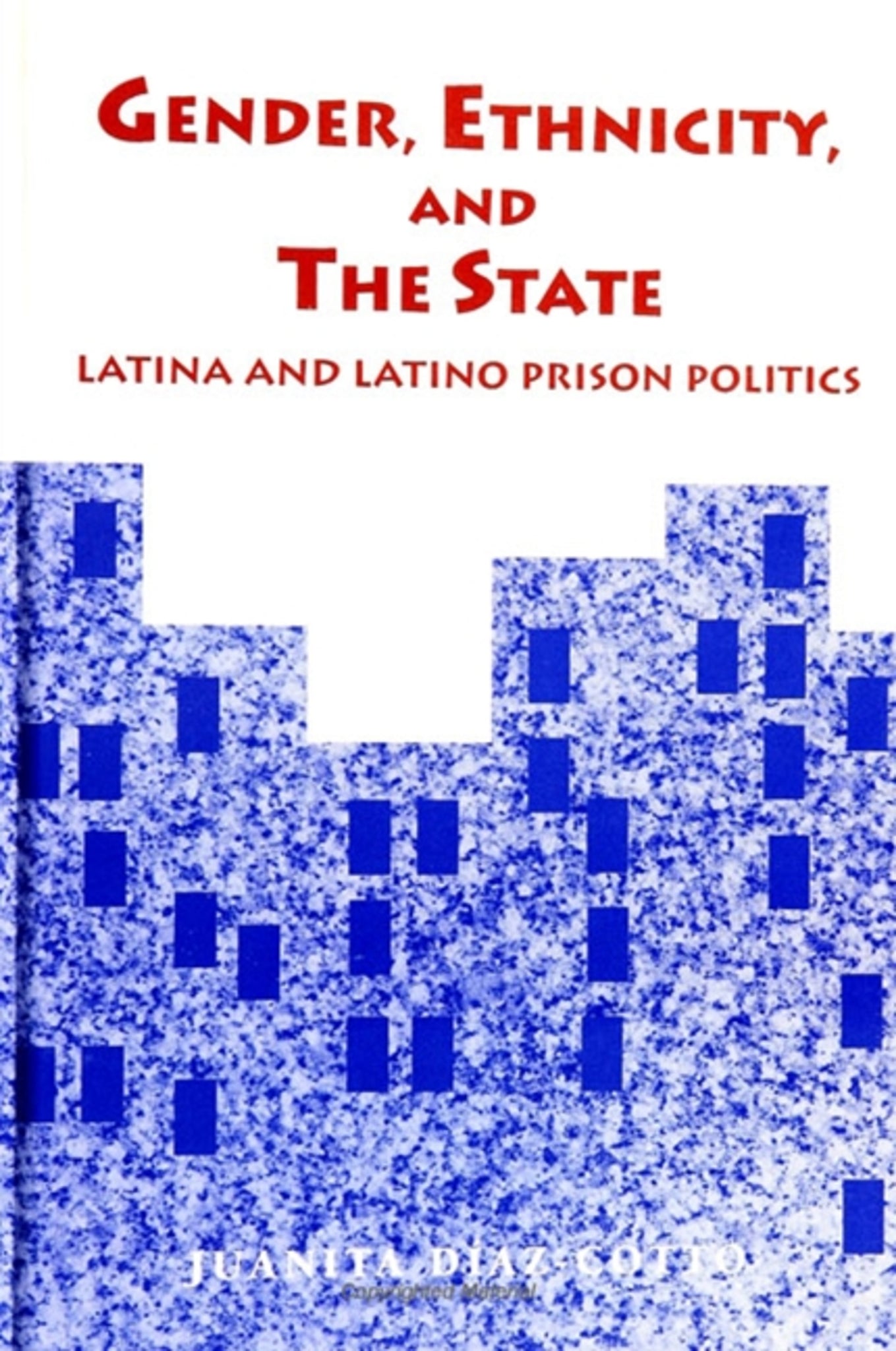We're sorry. An error has occurred
Please cancel or retry.
Gender, Ethnicity, and the State

Some error occured while loading the Quick View. Please close the Quick View and try reloading the page.
Couldn't load pickup availability
- Format:
-
19 April 1996

Examines the experiences of Latina and Latino prisoners in New York maximum security prisons, offering a realistic interpretation of the relationship that exists between prisoners, the state, and the civil society within which prisons operate.
Gender, Ethnicity, and the State is a study of Latina and Latino prisoners in New York State. Through the use of two case studies, it compares the organizing strategies for reform pursued by Latina and Latino prisoners between 1970 and 1987, the support they received from non-Latina(o) prisoners and third parties, and the response of penal personnel to their calls for support. The work also contains information on Latino prisoner participation and community response to both the 1971 Attica Rebellion and the 1970 New York City jail rebellions.
The data for this study was compiled through a combination of primary and secondary sources. Primary sources include in-depth interviews and oral histories conducted with Latina(o) and African-American ex-prisoners, prisoners' rights attorneys, community activists, and penal staff. Other primary sources include prisoner and mainstream English and Spanish language newspapers; prisoners' rights newsletters; court cases; and government and private organizational reports.


"This study is unique in its attention to the interaction of gender and ethnicity in prisoner organizing and prison management. Based largely on interviews with Puerto Rican ex-inmates and with corrections personnel, this book is a straightforward, critical analysis of the history and basis of discriminatory treatment of Hispanic prisoners in the New York State penal system. Latinas, a relatively small inmate population, received much less third-party support and benefited less from policy divisions among corrections officials and political elites." — Austin Turk, University of California, Riverside
List of Tables
Acknowledgments
Preface
1. Introduction
Part I. Challenging Custodial Hegemony
2. Litigation, Rebellions, Reprisals, and Reforms
3. The Attica Prison Rebellion and the Latina(o) Community Inside and Outside the Walls
Part II. Latino Prisoners: Green Haven Correctional Facility
4. Latino Prisoners and the Institutional Context for Reforms
5. Latino Prisoner Participation in Informal Groups and Networks
6. Political Underground Prisoner Groups and Coalitions
7. Latino Prisoner Groups, Penal Personnel, and Third Parties
8. Latino Prisoners Regroup, DOCS Reevaluates
Part III. Latina Prisoners: Bedford Hills Correctional Facility
9. Latina Prisoners and the Institutional Context
10. Latina Participation in Informal Groups and Networks and the Formation of Formal Prisoner Groups
11. Litigation, Third Party Support, and Prisoner Politicization
12. Liberalization: The Other Side of Security, Bedford Hills 1982-1987
13. Conclusion: Two Steps Forward, One Step Back
Appendix A: Latinas(os) and Criminal Justice Statistics
Appendix B: Tables
Appendix C: Relevant Court Cases
Appendix D: The Folsom Prisoners' Manifesto of Demands and Anti-Oppression Platform
Appendix E: Observers' Proposals (Based on the Attica Prisoners' Demands)
Appendix F: Latino Prisoner Organizations
About the Author
Index



